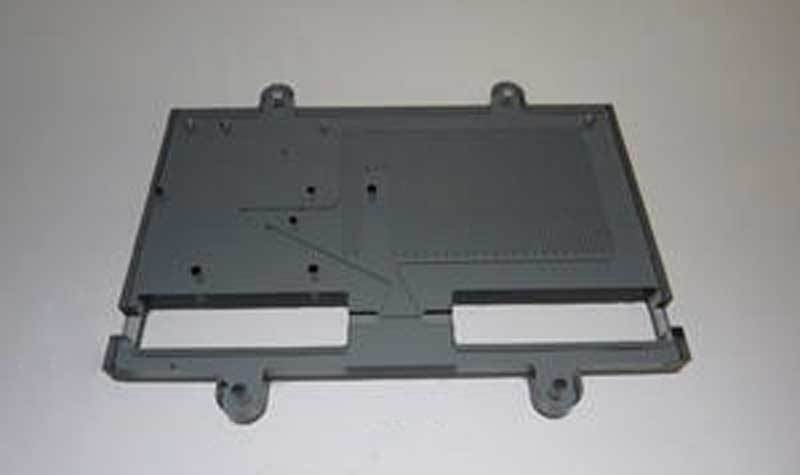Novel micro sensors for ocean acidification monitoring
 Collaboration between researchers at the National Oceanography Centre (NOC), University of Southampton Ocean and Earth Science resulted in development of a novel micro sensor for monitoring the changes in pH levels of seawater. The current form of the device can be used for on-board analysis of seawater samples, but the ultimate goal is to use it as micro sensors in the ocean for long-term monitoring of ocean acidification.
Collaboration between researchers at the National Oceanography Centre (NOC), University of Southampton Ocean and Earth Science resulted in development of a novel micro sensor for monitoring the changes in pH levels of seawater. The current form of the device can be used for on-board analysis of seawater samples, but the ultimate goal is to use it as micro sensors in the ocean for long-term monitoring of ocean acidification.
Ocean acidification refers to the ongoing decrease in the pH of the Earth’s oceans, arguably caused by the rising levels of atmospheric carbon dioxide (CO2) which is absorbed by the oceans. It is estimated that 30–40 percent of CO2 released by humans into the atmosphere dissolves into oceans, rivers and lakes. When CO2 is absorbed by seawater, it forms a mild acid that leads to global decrease of pH in oceans. Increasing acidity is thought to impact ocean species to varying degrees, especially marine calcifying organisms such as coral and some plankton.
Ocean acidification is also problematic because of its negative effects on food chains, biodiversity, marine resources and services upon which human societies largely depend – energy, water, and fisheries. So, it is of great importance to monitor ocean acidification.
“We need to monitor seawater pH to a high level of precision and accuracy, and over long periods of time, in order to detect changes in the carbon system”, said Dr Victoire Rérolle, researcher at NOC’s Sensors group.
Aside monitoring global change in seawater pH, the micro sensors can be utilized to monitor localized human impact. They could be deployed to detect leakages from carbon capture and storage sites by measuring any proximal fluctuations in pH. Oil industry has shown great interest for these sensors, because they can be used to monitor seawater acidity around drilling sites.
The micro sensors work on the same principles as litmus paper that is coated with an organic dye which changes color in the presence of acids and bases. According to the researchers, the microfluidic chip used in the micro sensor is robust, small, inexpensive, and uses small amounts of reagents.
“The sensor uses a dye which changes color with pH. The dye is added to the sample, then the color is measured using an LED light source and a device called a ‘spectrometer’. The microfluidic element simply describes the component needed to mix the seawater sample with the dye and the cell to measure the color”, said Rérolle.
NOC research team successfully tested the new device aboard the old RRS Discovery, and they plan to further develop the design of the micro sensors to deploy them on ocean observing platforms, taking in situ measurements of seawater pH.
For more information, you can read the following article from the scientific journal Anaytica Chimica Acta: “Development of a colorimetric microfluidic pH sensor for autonomous seawater measurements” [4MB PDF].










Leave your response!